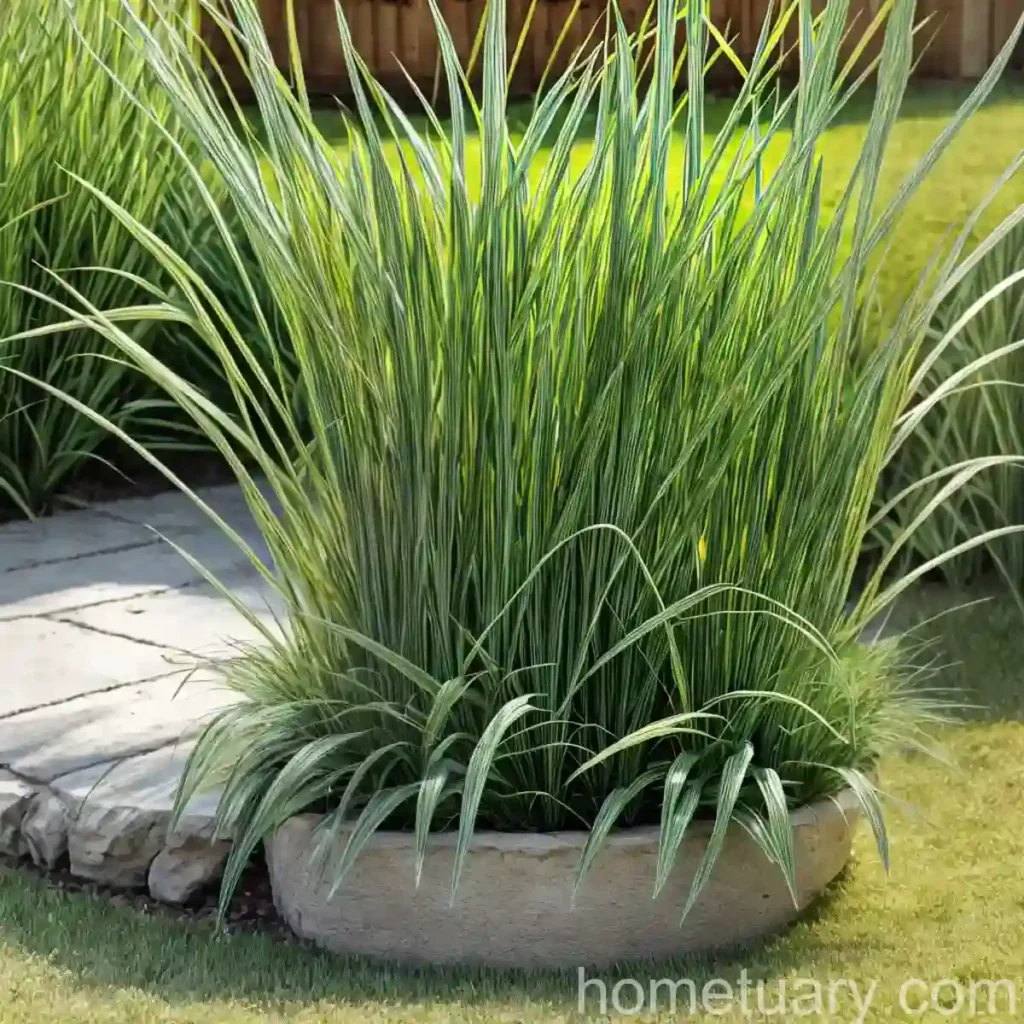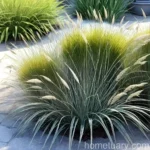Plant Scientist Blog: The Mystique of Oval Sedge (Carex leporina)
Welcome to our plant scientist blog! Today, we’re diving into the world of the oval sedge (Carex leporina). This elegant plant, often found in wet areas, has captured the interest of plant enthusiasts, ecologists, and landscapers alike. In this comprehensive guide, we will explore everything from the ecological importance of oval sedge to its cultivation, maintenance, and landscaping uses. Let’s begin by shedding light on what exactly characterizes the oval sedge.
What is Oval Sedge (Carex leporina)?
Oval sedge, scientifically known as Carex leporina, is a perennial, tufted plant that belongs to the Cyperaceae family. It is native to Europe and is often found in wetlands, marshes, and along the edges of streams and ponds. The oval sedge is known for its slender, graceful leaves and distinctive oval-shaped flower spikes, which give it its common name.
Key Characteristics of Oval Sedge (Carex leporina):
– Height: 30-60 cm
– Leaf Color: Bright green
– Flower Color: Brownish-green
– Flowering Period: April to June
– Growth Habit: Clump-forming
– Hardiness Zone: 5-9
Oval sedge is valued for its role in stabilizing wetland ecosystems and providing habitat and food for various wildlife species. Now that we have a basic understanding of this intriguing plant, let’s delve into the essential aspects of caring for and utilizing oval sedge in various settings.
Key Takeaways – Oval Sedge (Carex leporina)
Culture
- Climate: Oval sedge thrives in cool, temperate climates and shows good resistance to frost.
- Hardiness: It is hardy in USDA zones 5-9, making it suitable for a wide range of growing conditions.
- Water Needs: Prefers consistently moist to wet soil, making it an excellent choice for water gardens and areas with high water tables.
Uses
- Landscaping: Oval sedge is a popular choice for landscaping wet areas such as ponds, streams, and rain gardens.
- Erosion Control: Its dense root system helps stabilize soil in erosion-prone areas.
- Wildlife Habitat: Provides habitat and forage for various aquatic and terrestrial wildlife species.
Water
- Optimal Moisture: Requires consistently moist to wet soil. Regular watering is essential, especially during dry spells.
- Water Gardens: Flourishes in water gardens, where it adds a graceful, naturalistic touch.
Sunlight
- Light Requirements: Prefers partial shade to full sun. In hotter climates, partial shade is beneficial to prevent leaf scorch.
Fertilizer
- Nutrient Needs: Oval sedge generally does not have high fertility requirements. A light application of balanced fertilizer in early spring can be beneficial for vigorous growth.
Soil
- Soil Type: Thrives in humus-rich, well-draining soil. Tolerant of various soil pH levels.
Pruning
- Maintenance: Minimal pruning required. Remove dead or damaged foliage as needed.
Propagation
- Division: Propagate by division in early spring or autumn for best results.
Container Popularity
- Container Planting: Well-suited for container gardens in moist, shaded areas.
Common Diseases
- Disease Resistance: Generally resistant to diseases with proper cultural care.
- Monitoring: Keep an eye out for signs of root rot in waterlogged soil conditions.
Disease Diagnosis
- Symptoms: Yellowing or wilting of foliage, particularly in excessively wet soil.
Common Pests
- Pest Resistance: Oval sedge is relatively pest-resistant.
- Monitoring: Watch for signs of aphids and snails, especially in lush, moist conditions.
Botanist’s Tips for Caring for Oval Sedge (Carex leporina)
- Moisture Management: Consistently maintain moist soil conditions, especially during hot, dry periods.
- Companion Planting: Pair with moisture-loving plants such as irises, astilbes, and ligularias for a harmonious water garden display.
- Winter Care: Cut back old foliage in late winter to make way for new growth.
Fun Facts about Oval Sedge (Carex leporina)
- The generic name Carex is derived from the Latin word “keiro,” meaning “to cut,” in reference to the sharp leaves of some species.
- Oval sedge has been traditionally used for weaving and basketry due to the strength and flexibility of its leaves.
Now that we’ve covered the fundamental aspects of oval sedge, let’s explore additional resources and guidelines for further insights into this remarkable plant.
Links to External Resources
Explore further information and resources about oval sedge (Carex leporina) using the following links:
– RHS – Oval Sedge Care Guide
– Missouri Botanical Garden – Carex Leporina
– North Carolina State University – Sedges: Carex leporina
By delving into these resources, you can expand your knowledge and appreciation for the unique qualities of oval sedge and its role in ecological restoration and garden design.
In conclusion, oval sedge (Carex leporina) stands as a symbol of resilience, adaptability, and natural beauty in wetland environments. With its graceful form and ecological significance, it offers a multifaceted and beneficial addition to gardens, wetlands, and restoration projects.
I hope this guide has piqued your interest in the captivating world of oval sedge. Whether you’re an avid gardener, ecologist, or simply a lover of nature, the allure of Carex leporina is undeniable. Embrace its elegance and ecological value as you explore the diverse possibilities of integrating this remarkable plant into your outdoor spaces.















